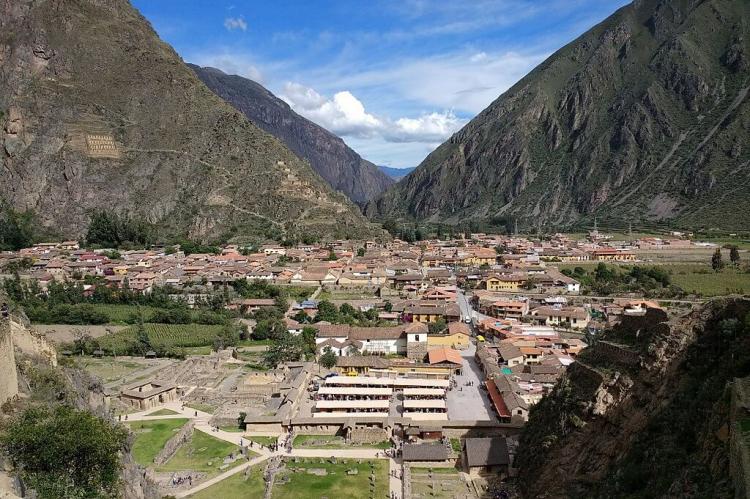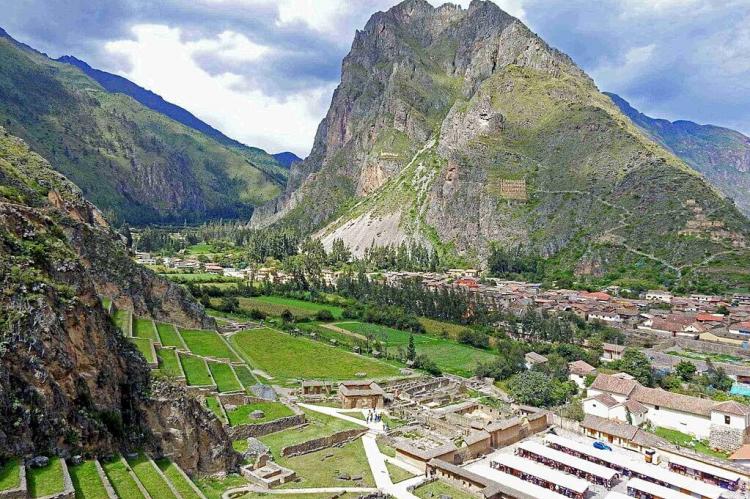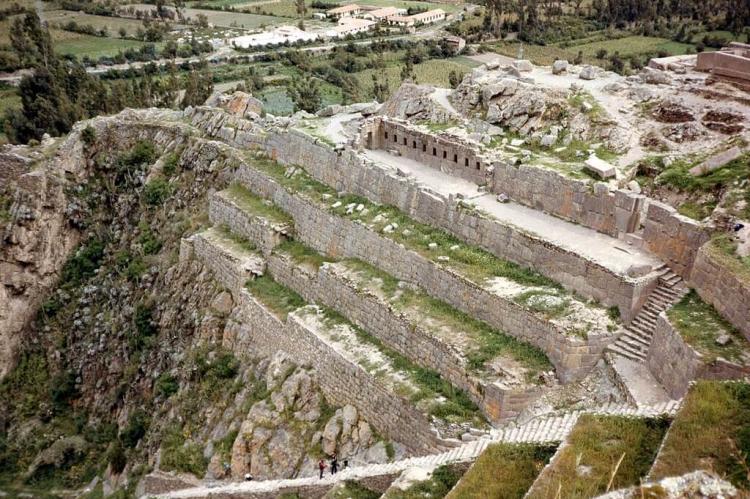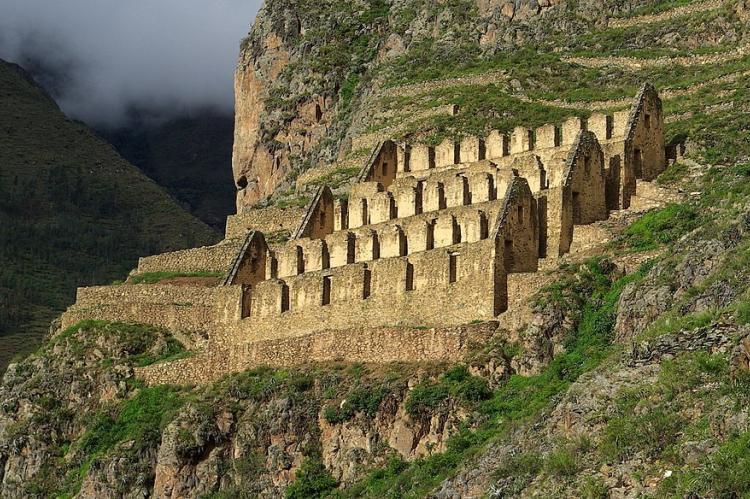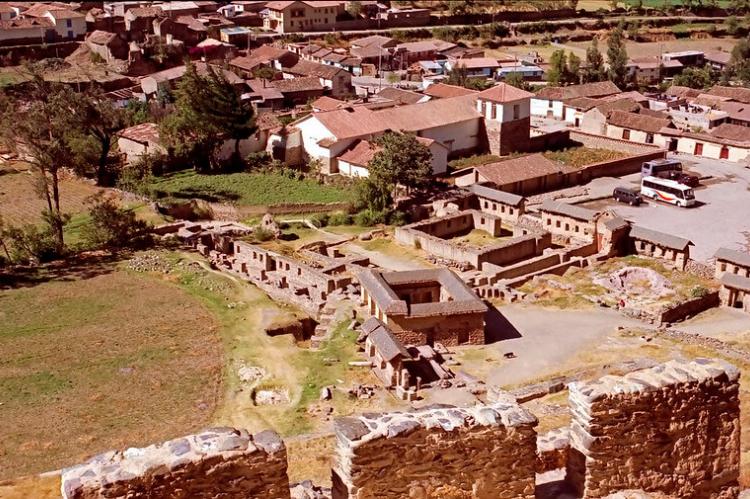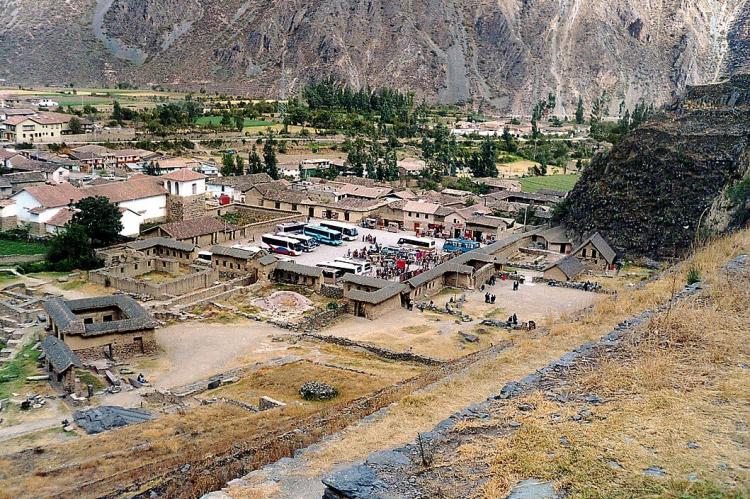Ollantaytambo: A Jewel of Inca Civilization in Peru
Nestled within the majestic landscapes of the Peruvian Andes, Ollantaytambo stands as a testament to the ingenuity, resilience, and cultural richness of the Inca civilization. This town, perched at the northern terminus of the Sacred Valley of the Incas, holds a wealth of history, architecture, and tradition.
Ollantaytambo: A Jewel of Inca Civilization in Peru
Nestled within the majestic landscapes of the Peruvian Andes, Ollantaytambo stands as a testament to the ingenuity, resilience, and cultural richness of the Inca civilization. This town, perched at the northern terminus of the Sacred Valley of the Incas, holds within its ancient stones a wealth of history, architecture, and tradition that continues to captivate visitors from around the globe.
Historical Context and Cultural Significance
Ollantaytambo's origins trace back to the zenith of the Inca Empire, around the middle of the 15th century. Emperor Pachacuti, revered as one of the greatest Inca rulers, established this settlement as his royal estate. Under his visionary leadership, Ollantaytambo flourished, becoming a thriving urban center and a vital hub for agriculture, religion, and defense.
The very name "Ollantaytambo" carries echoes of both Inca legend and practicality. Derived from the Quechua language, "Ollanta" refers to an Inca captain immortalized in the Quechua drama "Ollantay," while "Tambo" denotes a place of accommodation and sustenance for travelers. This juxtaposition of myth and function encapsulates the multifaceted nature of Ollantaytambo – a place where history intertwines with everyday life.
Architecture and Urban Planning
What sets Ollantaytambo apart is its remarkable urban layout, a testament to the advanced engineering and organizational skills of the Inca people. The main settlement boasts an orthogonal grid, with four longitudinal streets intersected by seven parallel ones. At the heart of this meticulously planned layout lies a grand plaza, perhaps as large as four city blocks, surrounded by ceremonial halls and residential quarters.
Scattered throughout the town and its environs are an array of architectural marvels. The Temple Hill, a towering ceremonial center, commands attention with its finely crafted stonework and sacred significance. Surrounding it, stair-step terraces cascade down the hillsides, showcasing the Inca's mastery of agricultural engineering. These terraces provided sustenance and served as a testament to the harmony between human endeavor and the natural world.
The storehouses of Ollantaytambo stand as silent witnesses to the Inca's logistical prowess. These structures, strategically positioned near the agricultural terraces, once stored the harvest bounty, ensuring the town's resilience in the face of adversity. Nearby quarries carved into the mountainsides supplied the building blocks for Ollantaytambo's construction, highlighting the Inca's resourcefulness and craftsmanship.
Defiance and Resilience
Beyond its architectural splendor, Ollantaytambo bears the scars of a tumultuous past. During the Spanish conquest of Peru in the 16th century, this town became a bastion of Inca resistance led by the valiant Manco Inca Yupanqui. Its strategic location, guarding the entrance to the Sacred Valley and the road to Machu Picchu, made it a target for Spanish conquest.
Despite overwhelming odds, Ollantaytambo stood firm against Spanish incursions, its formidable defense systems repelling attacks from Cusco and beyond. The old town's cobblestone streets witnessed its inhabitants' courage and tenacity as they defended their homeland against colonial oppression. Even in defeat, Ollantaytambo remained a symbol of Inca pride and defiance, its legacy enduring through the ages.
Preservation and Cultural Heritage
Today, Ollantaytambo stands as a living testament to the enduring legacy of the Inca civilization. Its meticulously preserved ruins offer a glimpse into a bygone era, where tradition, innovation, and spirituality intertwine seamlessly. Visitors flock to this archaeological marvel, drawn not only by its historical significance but also by the breathtaking beauty of its surroundings.
Efforts to safeguard Ollantaytambo's cultural heritage are ongoing, with conservation initiatives and heritage management strategies ensuring its protection for future generations. UNESCO's recognition as a World Heritage Site further underscores its importance as a global treasure deserving of reverence and admiration.
In conclusion, Ollantaytambo is a jewel of the Inca civilization, a testament to the brilliance of its architects, the resilience of its people, and the enduring spirit of human ingenuity. As the only inhabited Inca town, it serves as a living link to the past, inviting visitors to unravel its mysteries and marvel at its splendor. In Ollantaytambo, the echoes of history resound, reminding us of the rich, colorful mix of cultural identities that have shaped our world.
